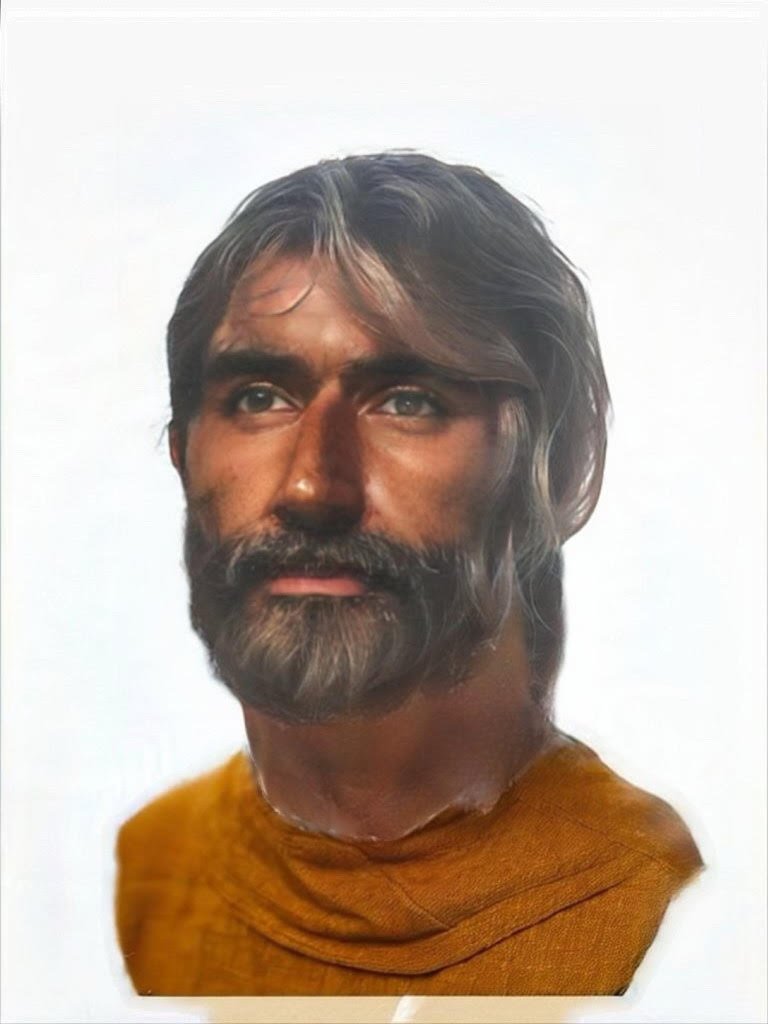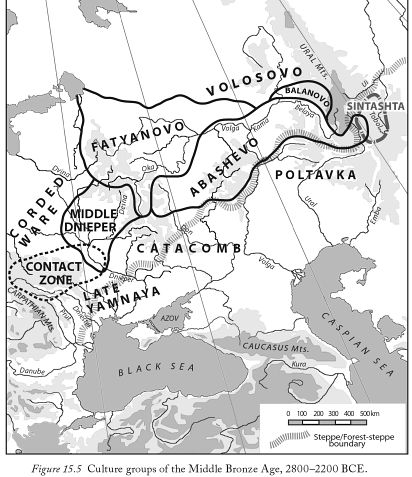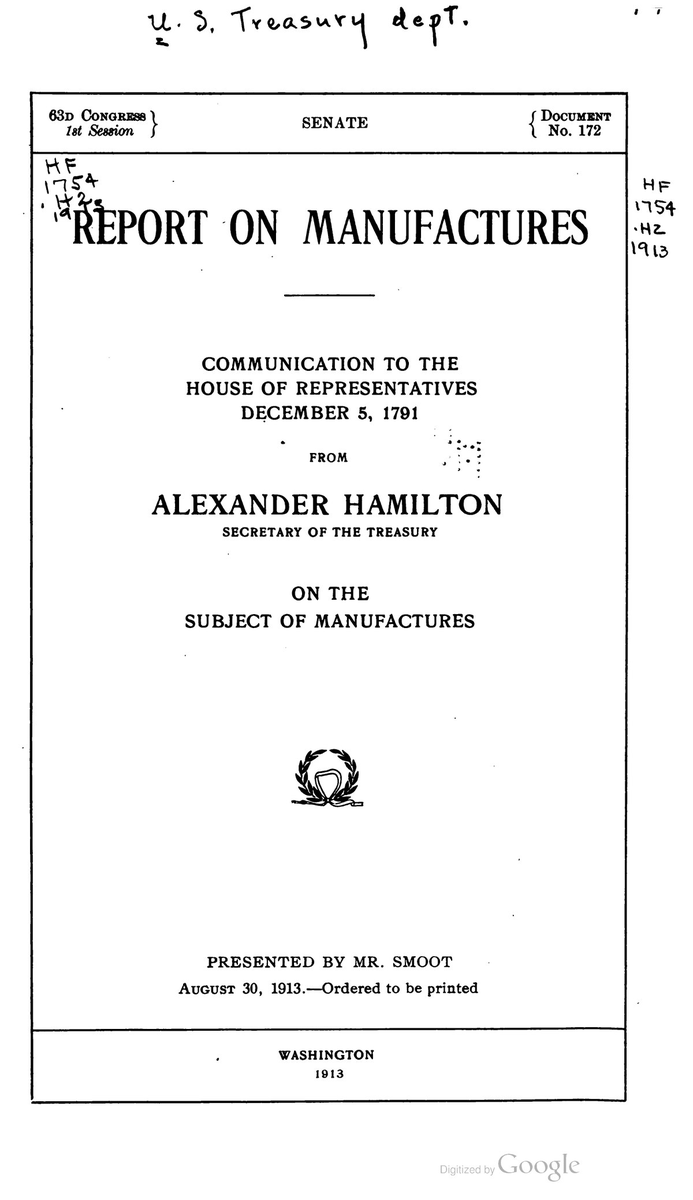INDO-IRANIAN WOMEN 🧵
A woman of the Sintashta Culture, shown at different life stages.
In both myth and archaeology, there is a host of evidence that Indo-Iranian women were warriors, war queens, and explorers.


A woman of the Sintashta Culture, shown at different life stages.
In both myth and archaeology, there is a host of evidence that Indo-Iranian women were warriors, war queens, and explorers.



While we see evidence of varying status female burials in the Yamnaya Culture, we find no clear evidence that women rode horses or were warriors.
However, in the Indo-Iranian culture that gained mastery over the steppe around roughly 2000 BC, this changes.
1/


However, in the Indo-Iranian culture that gained mastery over the steppe around roughly 2000 BC, this changes.
1/



The first indication in myth is the daughter of the Solar King, called both Suryā in the RgVeda and Tapati in later texts.
In a verse detailing her marriage in RV X.85, in a curious reversal, she becomes sovereign over the clan of her groom.
2/


In a verse detailing her marriage in RV X.85, in a curious reversal, she becomes sovereign over the clan of her groom.
2/



The Scythians, the masters of the Steppe in the classical era, had as their chief deity and ancestor a woman, recorded as Tabiti by Herodotus.
When Cyrus demanded their submission, King Idanthyrsos responded that be served only Zeus and "Tāpayantī, Queen of the Scythians."
3/
When Cyrus demanded their submission, King Idanthyrsos responded that be served only Zeus and "Tāpayantī, Queen of the Scythians."
3/

In the Mahabarata, the hero Arjuna is referred to as a 'Tapatya' in the story and receives an education on the origins of the royal Kuru bloodline he has been adopted into.
The original Kuru is said to be her son.
4/
wisdomlib.org/hinduism/book/…

The original Kuru is said to be her son.
4/
wisdomlib.org/hinduism/book/…


Herodotus mentions that Scythian women needed to kill a man in battle before they could marry.
While this might have been an exaggeration, we find woman warriors in Scythian kurgans.
Most famous was Queen Tomyris, the only monarch able to defeat Cyrus.
5/

While this might have been an exaggeration, we find woman warriors in Scythian kurgans.
Most famous was Queen Tomyris, the only monarch able to defeat Cyrus.
5/


The Greek Goddess of the Hunt, Artemis, was believed to have had a Scythian origin.
The Scythian Queen Otrera was said to be the founder of the Temple to Artemis in Ephesus.
Herodotus recorded an equivalent goddess in the Scythian tradition, Artimpasa.
6/
The Scythian Queen Otrera was said to be the founder of the Temple to Artemis in Ephesus.
Herodotus recorded an equivalent goddess in the Scythian tradition, Artimpasa.
6/

Otrera's daughter, Queen Penthesilea would fight at Troy and fall at the hand of Achilles.
It was said that when he removed her armor after killing her and glimpsed her beauty, he fell deeply in love with the fallen queen.
7/
It was said that when he removed her armor after killing her and glimpsed her beauty, he fell deeply in love with the fallen queen.
7/

This tradition would survive for some time among the Indo-Aryans as well, with the Queen Kaikeyi serving in battle with her husband in the Ramayana.
Her saving the life of her husband during combat is a critical plot point in the ancient epic.
8/
Her saving the life of her husband during combat is a critical plot point in the ancient epic.
8/

Indo-European society remained patriarchal and patrilocal.
But chariot & mounted warfare allowed women to participate in combat on a more equal footing.
And political leadership of the time was inextricable from combat leadership.
9/
But chariot & mounted warfare allowed women to participate in combat on a more equal footing.
And political leadership of the time was inextricable from combat leadership.
9/

But in the examples of Tomyris, Tapati, Kaikeyi, Otrera, Penthesilea, Hippolyta, and others we receive our first glimpse into the culture of the steppe.
Steppe culture was violent and primal and would have looked at modern culture as domesticated, angst-ridden, and contemptible.… twitter.com/i/web/status/1…
Steppe culture was violent and primal and would have looked at modern culture as domesticated, angst-ridden, and contemptible.… twitter.com/i/web/status/1…

• • •
Missing some Tweet in this thread? You can try to
force a refresh


























